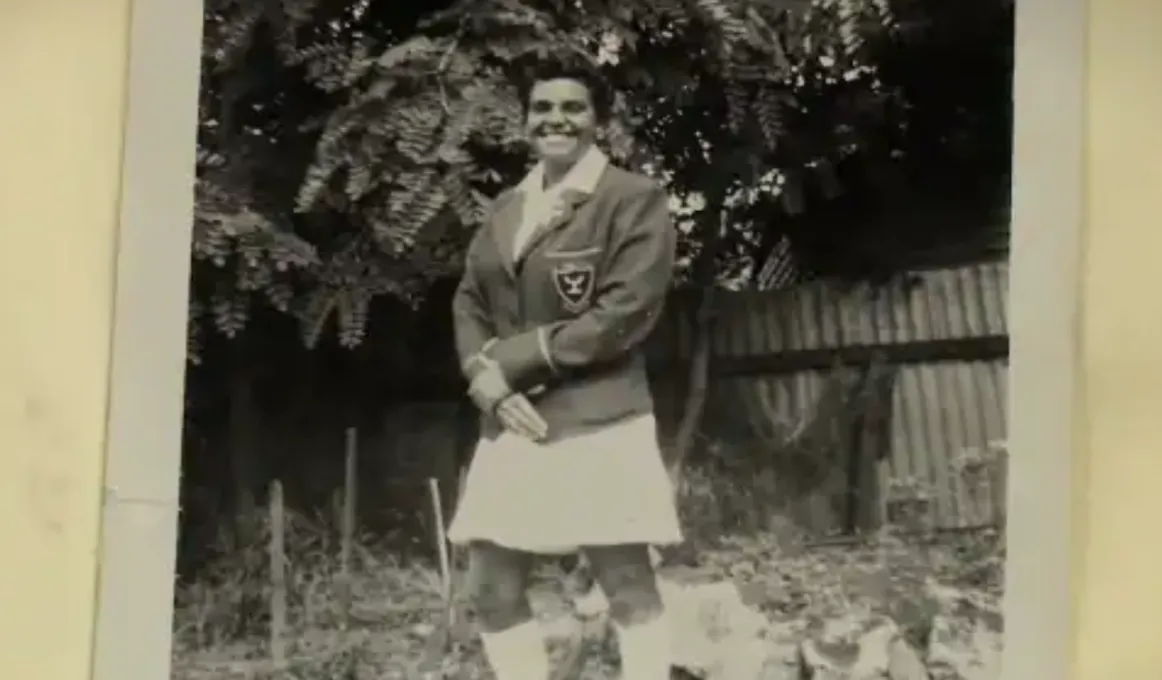First Nations women who made history

March 8 is International Women’s Day – a day to celebrate women and their achievements. In honour of the day, we’ve compiled a short – and by no means complete – list of deadly First Nations women who’ve blazed a trail for the following generations.
MARGARET WILLIAMS-WEIR
Bundjalung woman Margaret Williams-Weir was a trailblazer in many ways – she was the first Indigenous person to attend university, as well as the first to graduate from a university when she received her Diploma in Physical Education in 1959.
Dr Williams-Weir spent the following decades teaching around the world, including in England and Canada. She later returned to Australian and joined the Commonwealth Teaching Service, working in remote communities in the Northern Territory.
Dr Williams-Weir went on to complete a PhD from the University of New England. In 2015 the University of Melbourne named one of its annual Vice-Chancellor Fellowships in her honour.
FAITH THOMAS AM
Faith Thomas, an Adnyamathanha woman from South Australia, is a nurse, mother, and Aussie cricket legend.
One of the first six Aboriginal nurses in Australia to complete their training in 1954, Mrs Thomas was subsequently introduced to cricket by a colleague at the Royal Adelaide Hospital. She quickly qualified at the state and then national levels.
In 1958 Mrs Thomas became the first Aboriginal woman to represent Australia in any sport when she bowled for Australia in a match against England. In 1960, she played her final game of cricket while eight months pregnant. Mrs Thomas went to focus on her nursing career, working in remote and regional communities around South Australia.
PEARL DUNCAN
A Gamilaraay woman, Dr Duncan was born in 1933 in rural New South Wales. She studied at the Sydney Teachers College and became the first known Aboriginal person with tertiary teaching qualifications.
As an Indigenous teacher in predominately white schools, Dr Duncan faced racism in her career. However, she was passionate about improving First Nations participation in education and was appointed to the new National Aboriginal Education Committee in the 1970s. She later held a number of leadership positions in academic institutions.
In addition to her teaching qualifications, Dr Duncan also earned a Bachelor of Letters in anthropology from the Australian National University, a Master's in Education from the University of Canberra, and was awarded a PhD from the University of Queensland in 2014.
In 2005, Queensland’s Department of Education established the Pearl Duncan Teaching Scholarships in her honour.
HELEN MILROY AM
Dr Milroy was born in Perth, a member of the Palyku people of the Pilbara region. In 1983, she graduated from the University of Western Australia and became Australia’s first Indigenous doctor. Dr Milroy specialised in child and adolescent psychiatry and became a leading expert in research and education in Aboriginal and child mental health. In 2011 she was awarded the World Congress of Psychiatry’s Sigmund Freud Award for her contributions.
In 2013 Dr Milroy was appointed as a commissioner to the Australian Government's Royal Commission into Institutional Responses to Child Sexual Abuse, was named Western Australian of the Year in 2021 and was awarded a member of the order of Australia in 2022.
Dr Milroy also comes from a family of amazing women – one of her sisters, Sally Morgan, is a renowned artist and author, while another sister Professor Jill Milroy AM is Pro Vice Chancellor Indigenous Education at the University of Western Australia and is the Director of UWA’s Poche Centre for Indigenous Health.